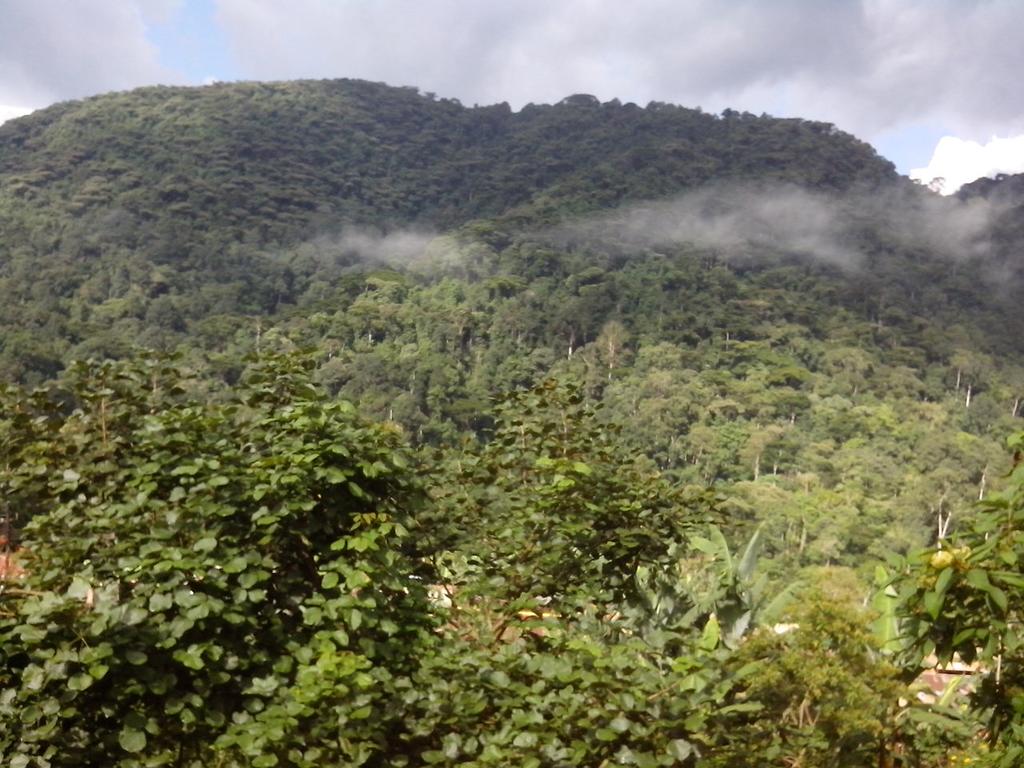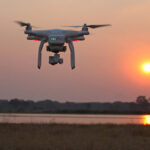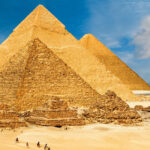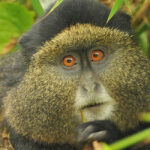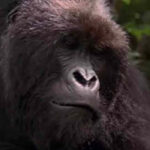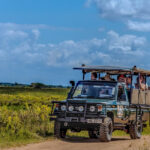The name bwindi derives from a local phase mubwindi bwa nyinamukari originally referred to as mubwindi swamp. The forest was proclaimed impenetrable forest in 1932 until 1991 when it was gazette as a national park and therefore named bwindi. In Uganda, Bwindi Impenetrable National Park is one of the attractions that makes it pearl of Africa and gifted by nature. This is the most popular of all Uganda’s national parks and it attracts a good number of tourists all year round interested in mountain gorilla safaris. It harbors about 460 mountain gorillas, chimpanzees, birds and clonus monkeys.
It is the richest in terms of eco systems in Africa and the diversity of species is an attribute to this park. The park also habits 220 species of butterflies, 120 species of mammals, 348 species of birds, 1000 flowering plants including163 species of trees and 104 species of ferns. This is a part of Verandas that is shared by three countries, Uganda, Rwanda and DRC Congo. In this Magnificent forest there are Mountain gorillas found in three countries and those that are found elsewhere are low land gorillas. In Uganda there are two National parks where you can find these gentle apes. Besides Bwindi there is Mgahinga National park which is also on the border of Uganda and Rwanda. In Mgahinga, there is only one family called Nyakagezi. Sometimes it moves and crosses to Rwanda. There are 880 gorillas remaining in the whole world and these reside in virunga massif. Uganda’s Bwindi and Mgahinga are blessed with 408 mountain gorillas the rest are in Rwanda’s Volcanoe and DRC’s Virunga National park. According to the census which is done every after 5 years, the gorilla population has increased. This is due to increased conservation and awareness about the importance of gorillas.
Bwindi has four regions where gorilla trekking is done; Buhoma, Rushaga, Ruhija, and Nkuringo. In each region there is a park headquarter and there are different families in each region. In Buhoma there is Bitukura, Oruzogo and kyaguliro. Rushaga has Nosie, Mislay, Kahungye, Busingye and Bweza, and Nkuringo there is only one group family called Nkuringo family. A visitor is free to track gorillas from the region of his interest but for the families, you are a located a particular family to track from the park headquarters depending on how physically you are. This is because some families needs a lot of hiking yet others are a bit near. Therefore people who do not want a lot of hiking or unable, are allocated groups which are near.
Mountain gorillas
There are about 1060 individuals of mountain gorillas. Gorillas are unique apes and are rarely found elsewhere except in Uganda Rwanda and DRC. They are close relatives and live in families. Each family is headed by a dominant male called the silver back. A family can have more than one silver back but the dominant one is the leader of the family. Sometimes other silver backs can fight the dominant male and split the group into two or it can take over after over powering the dominant male. A silver back grows grey hair on the back and can weigh up to 280 kg. It is the one to lead the family and alerts the group in case of emergency like a female giving birth, crossing water bodies, attack from another group and many more. In most cases it alerts the group by chest beating.
Gorillas have gestation period which lasts from 8 and a half to 9 months and babies are born hairy and with long teeth. When there is a female with a baby, the group reduces the movement speed not to leave the mother behind since it moves on three legs while holding a baby. They have a life span of 45 years to 60 years plus and when a gorilla dies, it buried after carrying out a postmortem.
Gorillas from 1-5 years are called infants, 5-7 years are called juvenile (birth age) 1-12 years are called black backs and 13-14 years are called silver backs. A family consists of babies, juveniles, black backs and silver backs. Sometimes the group can split into two. Each family or group establishes a territory where it moves around while searching for food.
They sleep in nests and every each day, gorillas make new nests. Since they are close to humans in terms of DNA, any disease that attacks humans can also attack gorillas that’s why tourists are not allowed to track gorillas with air born diseases.
Once you encounter these endangered gorillas, the experience is worth it. It is emotional to come into contact with a silver back that can way up to 280 kg. It is a life time experience and no one will ever regret tracking gorillas.
Eight visitors are allowed to track gorillas per day per group. This is done to limit human presence with the gorillas since they are wild animals. A visitor is allowed to stay 1 hour with the gorillas take photos, videos and after you are led back to the park headquarter by a guide.
